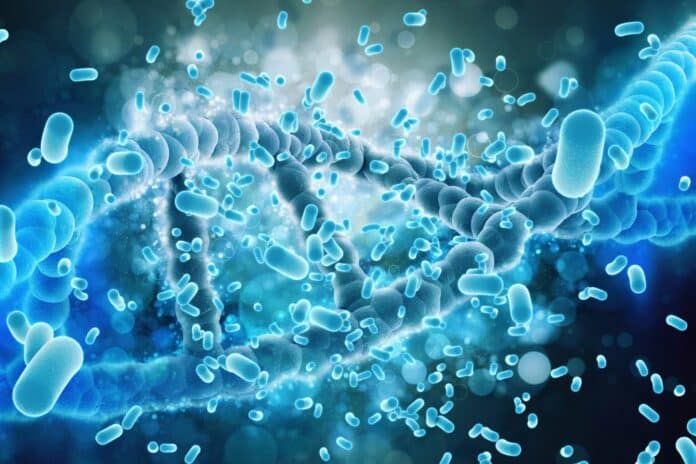The World Health Organization has recognized the swift emergence of antibiotic-resistant bacteria as a global threat, urging the urgent development of new antibiotics. Cationic polymers, a promising class of bioactive agents, induce bacterial cell death by physically disrupting their membranes. However, the polymerization processes must be carefully designed to optimize the therapeutic potential of cationic polymers.
Scientists, led by Texas A&M University, have made progress in addressing the threat of antibiotic resistance by developing a new family of polymers. These polymers can kill bacteria without disrupting the microorganisms’ membranes without inducing antibiotic resistance.
The recently synthesized polymers hold potential in combating antibiotic resistance by offering antibacterial molecules that operate through a mechanism resistant to development by bacteria.
The Michaudel Laboratory, operating at the intersection of organic chemistry and polymer science, synthesized the new polymer. This involved designing a positively charged molecule that could be repetitively stitched to create a large molecule with the same repeating set motif using a catalyst named AquaMet. The catalyst’s unique capability to tolerate high concentrations of charges while being water-soluble proved crucial for this process.
After successfully creating the polymers, the Michaudel Lab tested them against antibiotic-resistant bacteria—E. coli and Staphylococcus aureus (MRSA)—in collaboration with Dr. Jessica Schiffman’s group at the University of Massachusetts Amherst. Simultaneously, they assessed the polymers’ toxicity against human red blood cells.
Dr. Quentin Michaudel, an assistant professor in the Department of Chemistry, said, “A common issue with antibacterial polymers is a lack of selectivity between bacteria and human cells when targeting the cellular membrane. The key is to strike the right balance between effectively inhibiting bacteria growth and killing several types of cells indiscriminately.”
“This project was several years in the making and would not have been possible without the help of several groups and our UMass collaborators. For instance, we had to ship some samples to the Letteri Lab at the University of Virginia to determine the length of our polymers, which required using an instrument that few labs in the country have. We are also tremendously grateful to [biochemistry Ph.D. candidate] Nathan Williams and Dr. Jean-Philippe Pellois here at Texas A&M, who provided their expertise in our assessment of toxicity against red blood cells.”
Scientists will now focus on improving the activity of its polymers against bacteria — specifically, their selectivity for bacterial cells versus human cells — before moving on to in vivo assays.
Journal Reference:
- Sarah N. Hancock, Nattawut Yuntawattana, Emily Diep, et al. Ring-opening metathesis polymerization of N-methylpyridinium-fused norbornenes to access antibacterial main-chain cationic polymers. PNAS. DOI: 10.1073/pnas.2311396120
